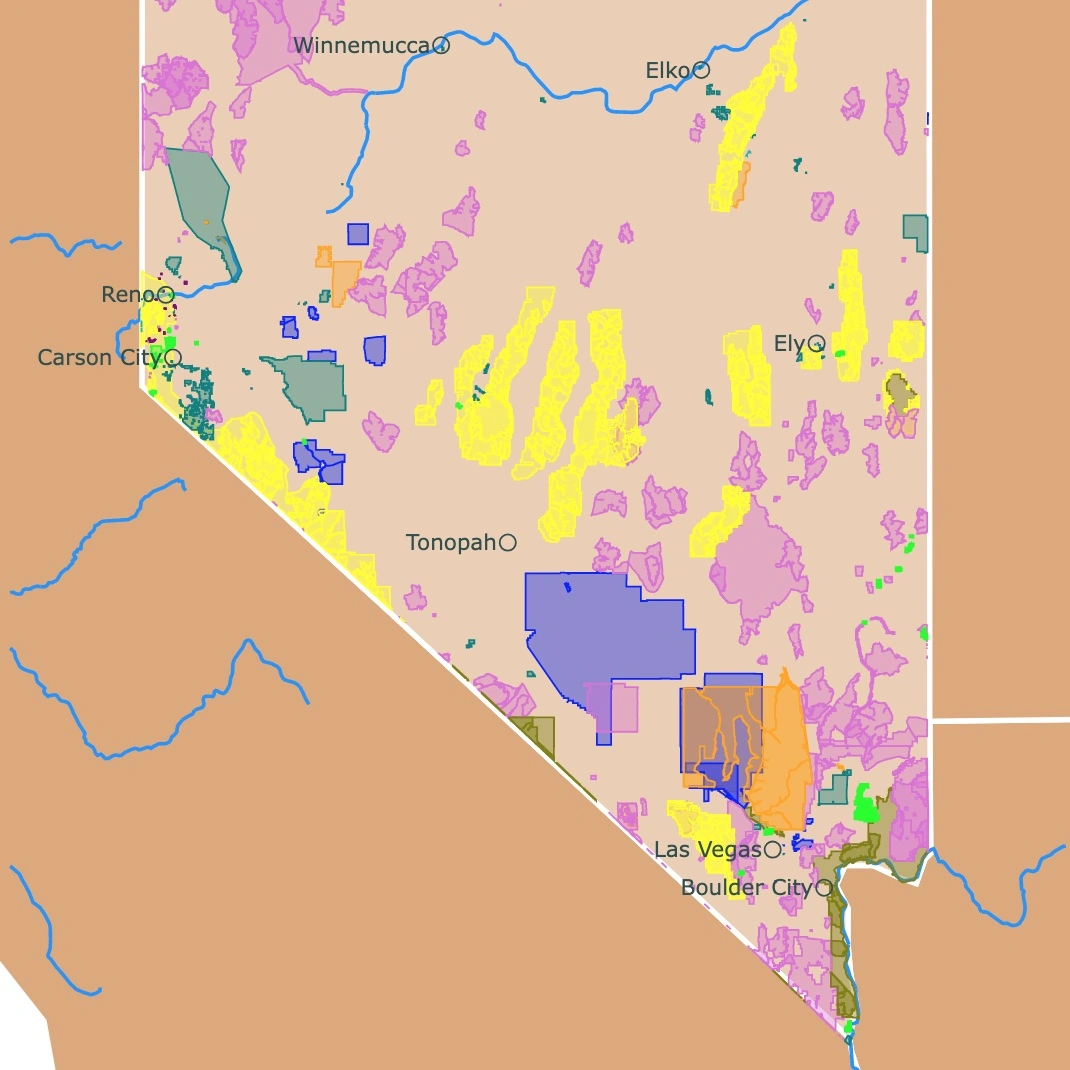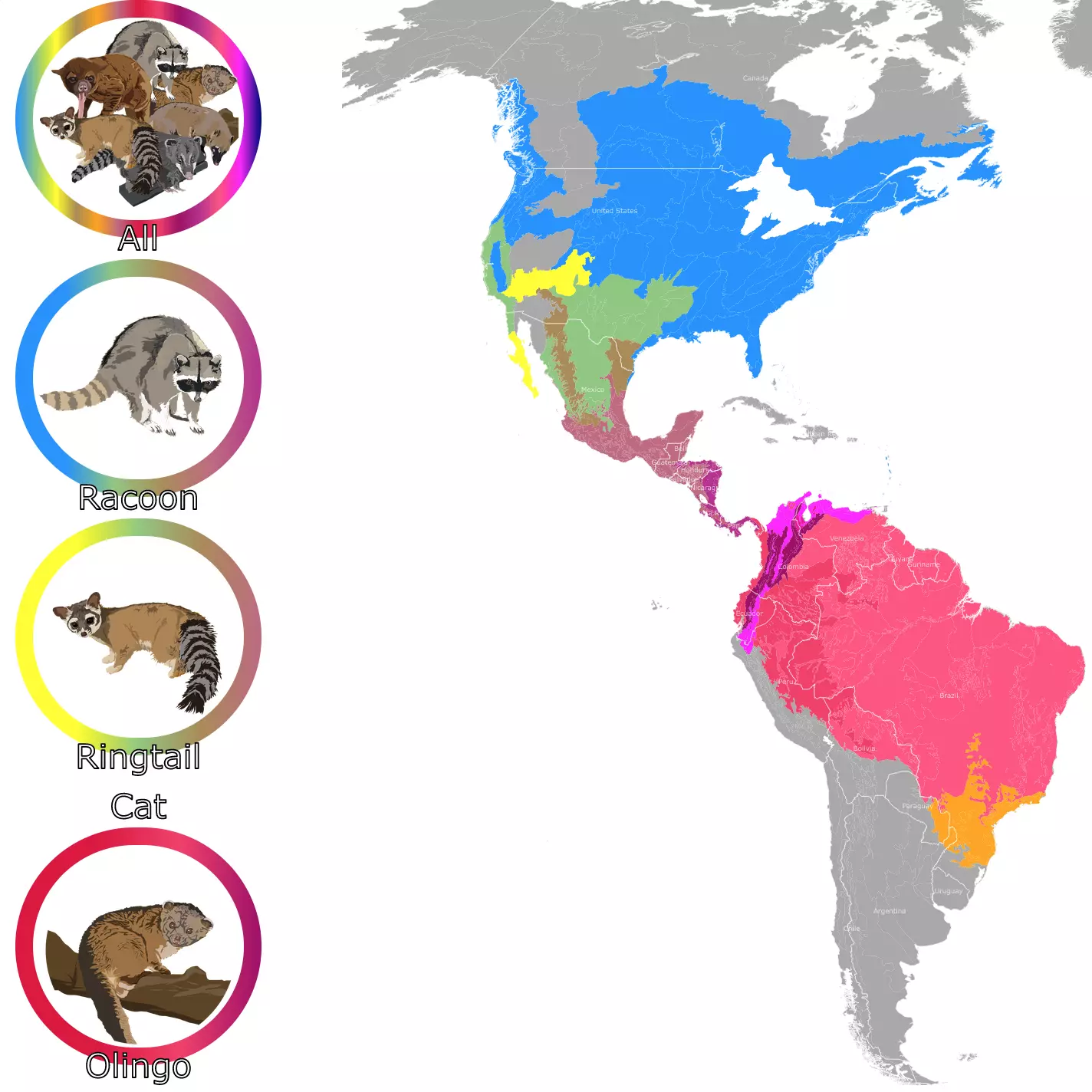Map of World Desert Ecoregions
This map shows desert ecoregions around the world. To see their names and types, hover over the map. Zoom in the map to take a closer look! For more information scroll down.
Desert Ecoregions
Ecoregions are areas of land and water where ecosystems and environmental resources are similar. These include similar assemblages of natural communities.
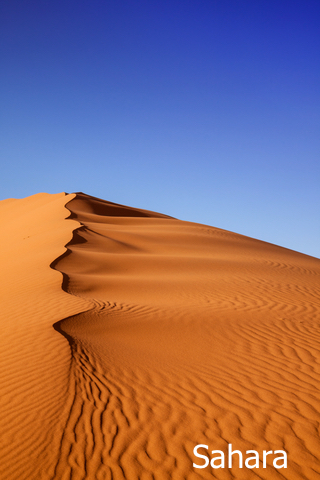
Deserts are arid environments with very little or no precipitation. Most deserts receive less than 11.81in (300mm) of rain a year. In comparison, rainforests receive over 78.7in (2000mm).
The term xeric means "relating to little or no moisture" and is also used to describe plants or areas associated with deserts.
Deserts occupy 1/5 of the world's surface.
Deserts also get a lot of wind. Furthermore, the lack of vegetation promotes wind movement and dust transport.
Desert landscapes may have sand dunes, canyons, rock formations, or bare peaks. It is not rare that water and wind erosion wear soft rock to create buttes and mesas found in deserts.
Soils in deserts are rocky and sandy with very little organic matter. This is because there are few plants to produce organic matter when they die.
Deserts and Water
Light rain in deserts usually evaporates before it reaches the ground. Humidity is so low that clouds cannot form on desert skies.

Rare and sudden rains cause flash flooding as there is no vegetation or organic matter to absorb rainwater.
Underground water that reaches the surface as springs and is surrounded by fertile green areas is called oasis. Oasis are found in the Sahara.
Sometimes rivers and streams do not reach a lake or the ocean but evaporate or are absorbed by the ground. In such situations, the water is collected in large depressions called basins.
An example of this is the Great Basin in Nevada. Some of the water that does not evaporate is absorbed by the ground. This water forms underground springs, making Nevada the state with the most hot springs in the U.S.
Desert Temperatures
Deserts are also characterized by very extreme temperatures. Furthermore, desert temperatures can change drastically from daytime to nighttime. This is because there are no clouds or humidity to trap warm air.
In a hot desert, day temperatures may average 100°F (38°C) and night temperatures may reach 24°F (-4°C), source NASA
Types of Deserts
Scientists use different factors to classify deserts. These include location, circulation patterns, temperature, geology, precipitation, humidity, soil, soil composition, flora, and fauna.
Because different factors can be used, there are other ways to classify deserts. Berkley divides deserts into hot, cold, semiarid, and coastal deserts. Here we focus on the classification by National Geographic.
Subtropical Deserts
These deserts are located along the Tropic of Cancer 30 degrees North and the Tropic of Capricorn 30 degrees South. These deserts are the product of air masses and circulation patterns.

As moist and warm air from the equator rises, it cools down and drops all humidity in the form of tropical rains. As these dry air masses move far from the equator, they approach the tropics.
Because they lose their moisture, they carry few clouds and no rain by the time they reach the tropics.
These deserts are hot most of the year and very hot during the summer! They get very little rainfall, and their soils tend to be thin, with rocks and sand.
Examples of these deserts include the Sahara Desert, the Tanami Desert in northern Australia, and the Kilimanjaro in southern Africa.
Coastal Deserts
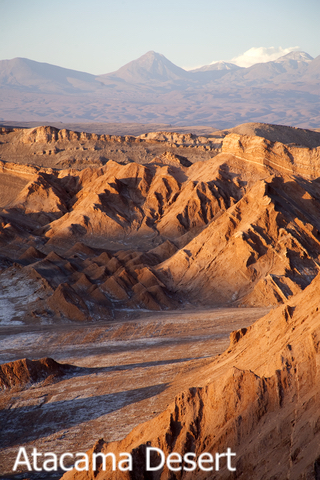
Coastal Deserts are the product of cold ocean currents. These currents come with cold air that brings fog but not rain. These water droplets are too tiny and do not produce rainfall.
These deserts have cool winters and long warm summers. Their annual maximum temperature is 95°F (35°C) and low temperatures of about 24.8°F (-4°C).
The average rainfall is 31-51in (800-1300mm).
Coastal Deserts include the Atacama Desert in Peru and Chile in South America. Another example is the Namib Desert in southern Africa.
Rain Shadow Deserts
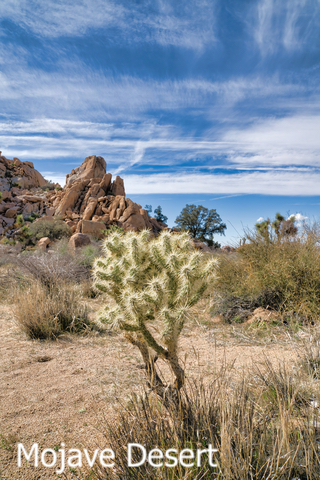
These deserts are situated on the slopes of mountains that face away from prevailing winds. When moist air hits a mountain range, it rises. The air cools and drops moisture in the form of rain on the wind-facing slopes.
Once the air moves over the mountaintop and descends, it carries little or no moisture.
An example of this type of desert is the Mojave Desert in California. The Mojave desert is in the rain shadow of the Sierra Nevada mountains.
Interior Deserts
These deserts are found in the middle of continents. They are dry areas because once the wind currents reach them, they have lost all their moisture.
An example of this type of desert is the Gobi desert in China and Mongolia. This desert is also in the rain shadow of the Himalayas Mountains.
Polar Deserts
Large areas of the Antarctic and the Arctic are classified as deserts. Polar regions have large quantities of water, but they are held as glaciers and ice sheets. Therefore, there is almost no water available for plants and animals.
The Antarctic continent is the coldest and largest desert.
Caribbean Desert
There is a desert in the Caribbean, on the northern coast of Colombia (Guajira Desert), and Venezuela that does not fit the characteristics of the deserts mentioned above.
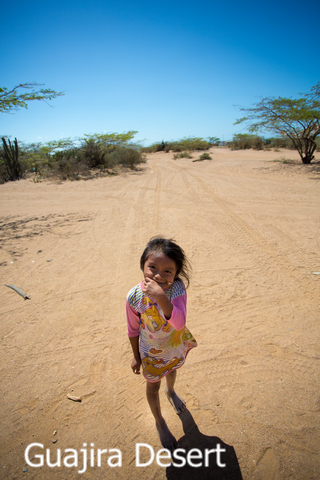
It is not a shadow desert, it is surrounded by warm water, and it is close to the equator. Nevertheless, this desert is the product of converging factors.
The Trade winds in this area are diverted westward due to pressure differences. Making it quite windy. The wind is so strong that air from above sinks to replace it, not allowing the convection for rain.
There is upwelling on the coast. This movement of bottom seawater brings cooler waters. Cool air does not rise therefore, there is no convective precipitation, source Casual Earth.
Desert Facts
- The largest desert is the Antarctic Desert, with 5 million square miles (13 million square kilometers).
- The Antarctic desert is also the coldest, with minimum temperatures reaching -128.6°F (-89.2°C).
- The Largest Subtropical desert is the Sahara Desert, with 9.2 million km2.
- Windstorms in the Sahara can cross the Atlantic Ocean and reach North America.
- The driest desert is the Atacama desert. Some weather stations in this desert have never recorded rain!.
- It is believed that the Atacama Desert is the oldest desert with 150 million years, Nature.
- The hottest desert is the Sahara Desert. The average annual temperature is 30°C. Global Adventure.
- The hottest temperature ever recorded on Earth was at Death Valley, part of the Mojave Desert. The temperature measured was 134.1°F (56.7°C).
- The lowest and driest desert in North America is Death Valley.
- The largest sand dunes are the Badain Jaran Dunes in the Gobi Desert. They measure over 500m in height, source Sandboarding.
- Cacti are native to the American continent. They are found in Patagonia all the way to Canada.
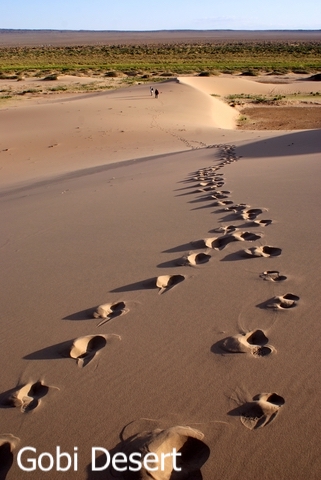

Desert Plants
To survive the harsh environment of deserts, plants like cacti store water in their stems. They also use this stored water very slowly to make it last longer.
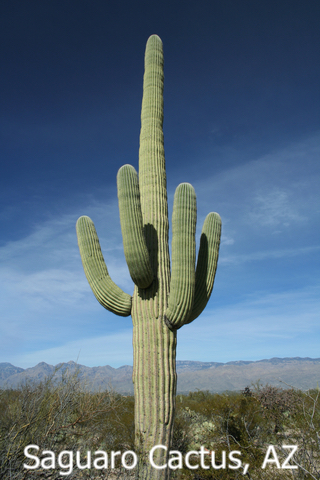
The Saguaro cactus found in the Sonoran desert in Arizona can expand like an accordion when it rains. This cactus can hold liters of water.
Some desert plants have very short life cycles, long enough to grow and reproduce while there is rain. Examples of these are the Atacama flowers red Garra de león and pink Pata de guanaco.
Plants like bushes grow small leaves to reduce evaporation or have waxy cuticles. They also absorb water quickly to store it in their cells.
Some plants like Cacti have shallow, widespread roots. For this same reason, they are far from each other, so they can absorb the most water.
Other plants like the mesquite tree have deep roots to absorb underground water. Its roots can reach 100ft (30m) in depth. Mesquite trees are found in North America.
To protect themselves from herbivores, plants like cacti have hairs or spines. These also help them reduce evaporation, source Lets Talk Science.
Desert Animals
Desert animals use different strategies to stay cool and conserve or acquire water.
Animals that live in deserts are usually not very big, because they cannot store that much water to keep up with a large body.

Desert animals may avoid the heat by going out only at night. During the day, they rest in shaded areas. Some animals, like rodents, make burrows in the ground to avoid direct sunlight.
Some desert animals absorb water from their food, like the roadrunner.
In hot and dry deserts, the predominant organisms are reptiles. For example, the thorny devil from Australia is a lizard covered in channels. These channels accumulate rain and dew that is directed straight to its mouth.
Other examples of desert mammals include foxes, coyotes, rats, ringtailed cats, and rabbits. These are all nocturnal desert mammals.
Rabbits release the heat from their bodies thanks to their long and thin ears. The ears have lots of blood vessels that help the blood cool down.
Camels survive in the desert thanks to their physiology. Camels store fat in their humps. When there is a water or food shortage, they use this fat with oxygen to form water!
Resources for Desert Ecoregions Map
The shapefiles to create the map with ecoregions of the world were obtained from WWF. The shapefiles with the countries of the world were obtained from Natural Earth.
This map will be updated with new data! To receive updates on this and more nature maps join my email list!!!!!!!
Made by Luz K. Molina with D3.js.


